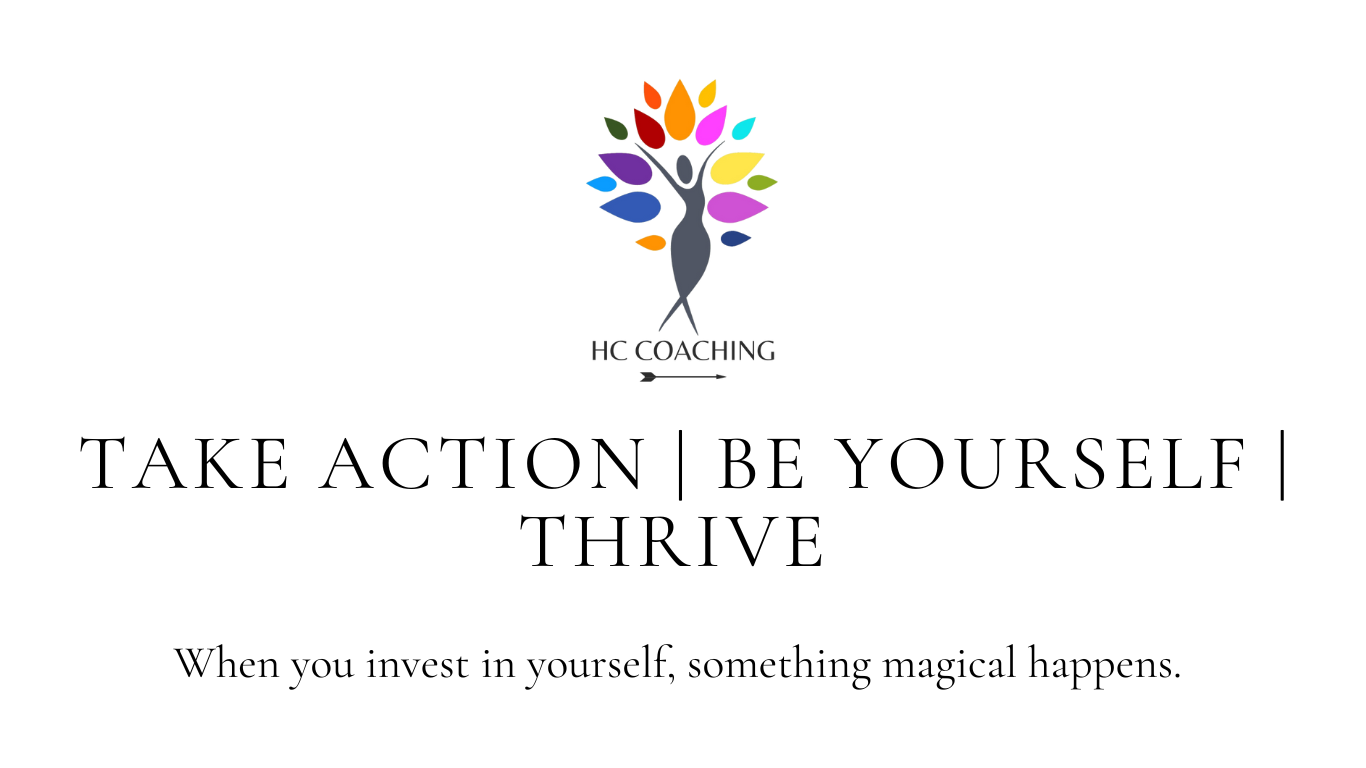Impact of our surroundings
The environment we’re in can have a massive impact on our wellbeing. This includes anywhere we spend a lot of time eg our work and home environments and the world in general eg nature, cities.
One of our most fundamental needs is having a safe environment. For millennia, we have needed to be aware of our surroundings in order to survive. In the 21st Century the basics are usually covered (though not always) and we look for physical and psychological comfort too, such as places that are the right temperature and are either restful or stimulating depending on the purpose.
Almost anything in your environment can affect your wellbeing including:
Aesthetics: Colours and objects can boost your mood, so choose carefully. Also whether a space is cluttered or tidy can lead to feelings of overwhelm or calm.
Senses: Lighting, temperature, sounds and smells impact how comfortable, relaxed and safe you feel, eg harsh lighting and loud noises can lead to agitation, while dark and cold spaces can lead to feeling unmotivated—especially in the winter.
People: Indirect communication, conflicts, or unreliable people in your environment can cause stress.
Culture and values: When we connect with others that share our culture and values we feel understood and helps us avoid feeling isolated.
Familiarity: Positive associations in your environment eg keepsake or photos can boost our mood.
Everyone’s tastes and needs are different, but the right environment can help us feel calm, productive, energised, it can make working with others easier.
Many of us spend a lot of time at work, so this is one environment that’s going to impact us. When I worked in a large, open plan office I was near 2 departments that needed to do a lot of talking to each other, to share ideas, to get things done and they were full of extroverts who needed this to work effectively. As an introvert who worked away from their team and often on solo projects, I found this noise incredibly distracting. I was also away from all natural light and the electric lights gave me headaches. Despite being very limited in what I could do, I had to adapt. I purchased some large headphones and put them on every time I needed to concentrate – for me it helped block out noise I had no control over, for others it was a sign not to randomly interrupt me. At lunch times and coffee making, I made sure I either went outside or stood near a window to get some natural daylight and give my eyes a change.
I remember on my first day, my manager telling me to make my desk my office home – to have plants, photos, anything that would make it less stark essentially. For me, this was so helpful. I spent a lot of time at my desk, so having a blank canvas wouldn’t have been productive. The photos I chose, the quotes I picked all helped me either ground myself when things were getting too much, reminded me of why I was doing the job in the first place, or inspired me to be creative. The noticeboards around me were also filled with reminders and shortcuts, codes and numbers I needed regularly which saved me time. It was a great balance for me and it was what I had control over. I moved desks about 8 times in 12 years and I hated it each time because I had no control over the environment around me, including the temperature, daylight, overhead lighting, noise, people passing my desk every 5minutes but I did have control over what was on my desk and in a shared space, that had to be enough.
At home, it should be easier to make the environment you’re in suit you. However, we often share our homes with people who have different needs (some people feel the cold, some feel the heat, some prefer lamps, others need bright lights). Here it helps to have an area of the home that is yours, even if it’s small. Perhaps it’s just your side of the bed, or your favourite chair in the lounge. If you’re lucky you’ll have a whole room to do with as you want, but it’s important we have somewhere where we can retreat to relax or do our work.
We don’t always get to control anything about our environment. When I worked in retail, there was nothing about my environment I could change, except for how many layers of uniform I wore to keep me warm and even that was limited.
Where it’s possible though, we should look for ways of tweaking our environment so it works for us better and helps our wellbeing.
Our environment can influence:
behaviour eg a messy desk or room, encourages people to remain messy, to not clear away coffee cups, to add to the piles. If everything has its place this should invite people to bother to put things away.
mood – research shows that rooms with bright light (daylight or artificial) can help with depression and agitation and we know lower light levels can help with sleep.
stress levels – particularly in noisy environments we can be on the alert the whole time, waiting for our name to be called, processing all the information that’s going on around us, even at a subconscious level, trying to listen out for what we need.
I invite you to have a think about your current environment. Is it serving you as well as it could be? If not, what changes are you able to make?
If you’re a subscriber to my newsletter, you can access your free ‘Surroundings Checklist’ to see how your environment might be affecting your wellbeing.
